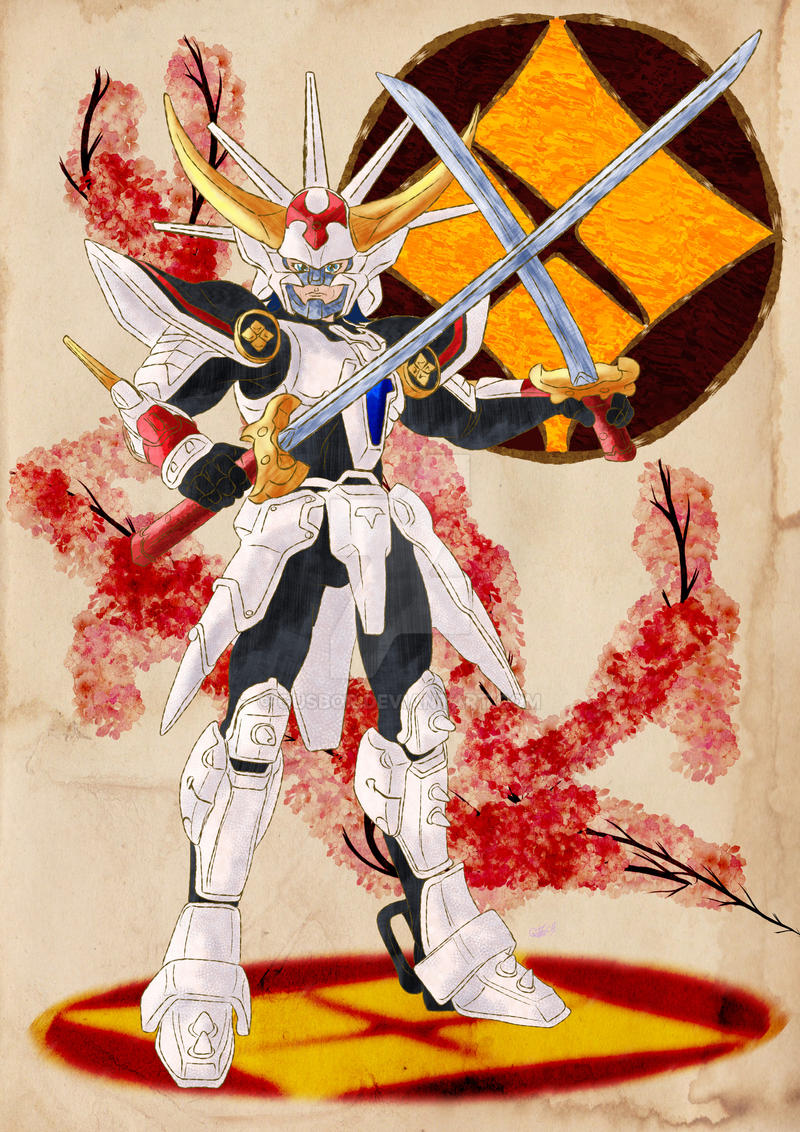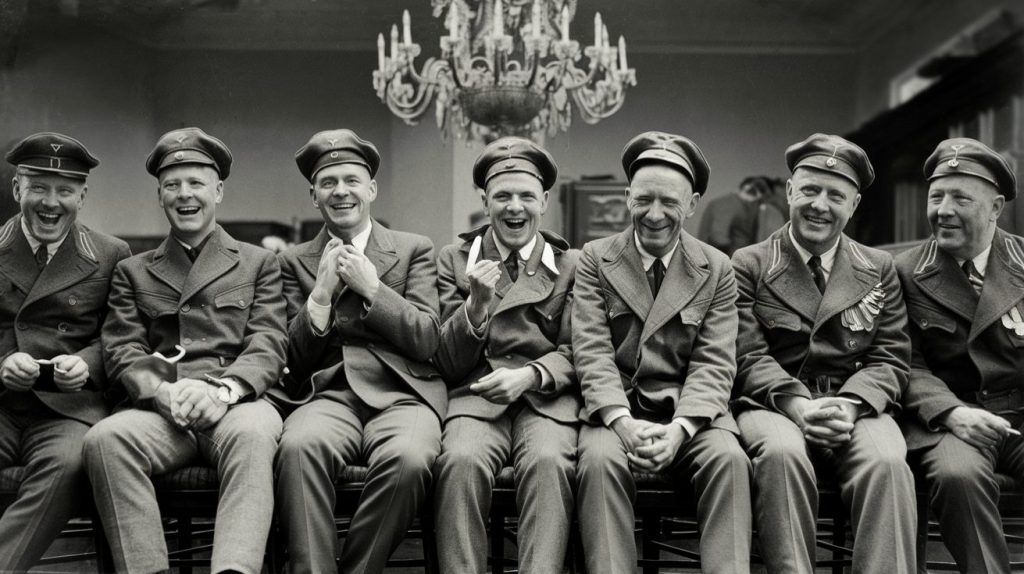Overview
Introduction to Samurai Warriors
Samurai warriors, also known as bushi, were the elite warriors of feudal Japan. They were highly skilled in the art of war and played a significant role in shaping Japan’s history. Feudal Japan, a period that lasted from the 12th to the 19th century, was marked by constant warfare and political instability. During this time, the samurai emerged as the ruling class and became known for their military prowess, loyalty, and adherence to the code of bushido. This code emphasized honor, duty, and self-discipline. Samurai warriors were not only skilled in combat, but they also excelled in poetry, calligraphy, and tea ceremonies, making them true renaissance men. They were trained from a young age in various martial arts, including swordsmanship, archery, and horseback riding. The samurai’s iconic weapon, the katana, was a symbol of their status and skill. With their unwavering loyalty and commitment to their lords, the samurai warriors left a lasting legacy on Japanese culture and continue to be revered as legendary swordsmen.
Historical Background
The historical background of the samurai warriors is a crucial aspect in understanding their role and significance in feudal Japan. The samurai class emerged during the Heian period (794-1185) and reached its peak during the Kamakura period (1185-1333). During this time, Japan was in a state of constant warfare, with powerful clans vying for control. The samurai were the warrior nobility who served as the military elite and were entrusted with protecting their lords and maintaining order. They were highly skilled in the art of warfare and were guided by a strict code of conduct known as the Bushido. This code emphasized loyalty, honor, and self-discipline, and shaped the way samurai warriors conducted themselves both on and off the battlefield.
Code of Bushido
The Code of Bushido, also known as the Way of the Warrior, was the ethical code followed by the samurai warriors of feudal Japan. It was a set of strict rules and principles that governed every aspect of a samurai’s life, from their behavior on the battlefield to their conduct in everyday life. The code emphasized loyalty, honor, and self-discipline, and it demanded absolute devotion to one’s lord and clan. Samurai were expected to embody the virtues of courage, integrity, and respect, and to uphold justice and righteousness. The Code of Bushido played a crucial role in shaping the identity and values of the samurai, and it influenced their actions both on and off the battlefield. It was during the Muromachi Period in Japan’s history that the code began to take shape and gain prominence, as the country was plagued by civil wars and the need for skilled warriors became paramount.
Training and Skills

Samurai Training
Samurai training was a rigorous and disciplined process that prepared warriors for the challenges they would face on the battlefield. The training began at a young age, with boys being sent to live and train in the households of samurai families. They were taught the fundamentals of combat, including swordsmanship, archery, and horsemanship. The samurai also underwent physical training to develop strength and endurance. Training sessions were intense and demanding, with a focus on discipline and mental fortitude. The samurai were also taught about the history of sword fighting and the various techniques and strategies used by legendary swordsmen. They studied the works of renowned swordsmasters and learned to appreciate the artistry and philosophy behind the samurai sword. The training was not limited to physical skills, as samurai were also expected to cultivate intellectual and cultural pursuits. They studied literature, calligraphy, and tea ceremony, which were considered essential for a well-rounded warrior. Overall, samurai training was a comprehensive and holistic process that shaped the warriors into skilled and disciplined fighters.
Martial Arts and Swordsmanship
In addition to their rigorous training, samurai warriors were also highly skilled in various martial arts and swordsmanship techniques. Martial arts played a crucial role in the development of a samurai’s physical and mental abilities. They were trained in a wide range of combat techniques, including kenjutsu (swordsmanship), iaijutsu (quick-draw techniques), and tantojutsu (knife fighting). These skills were honed through countless hours of practice and were essential for a samurai’s success on the battlefield. Swordsmanship, in particular, was considered the pinnacle of a samurai’s skill. The samurai’s sword, known as the katana, was not only a weapon but also a symbol of their honor and status. The samurai’s mastery of the sword was a reflection of their discipline, focus, and unwavering commitment to the code of bushido. Through their dedication to martial arts and swordsmanship, samurai warriors became legendary figures in feudal Japan.
Horseback Riding and Archery
Horseback riding and archery were essential skills for samurai warriors in Feudal Japan. Horseback riding provided them with mobility and allowed them to quickly traverse the battlefield, while archery gave them the ability to attack from a distance. Samurai warriors were trained in the art of horseback riding, learning how to control their steeds with precision and grace. They would also practice archery, honing their accuracy and speed in shooting arrows. These skills were crucial in battle, as samurai warriors often engaged in mounted combat, using their bows to strike down enemies from afar. Additionally, horseback riding and archery were not only practical skills but also important aspects of samurai culture and identity. The samurai’s mastery of these disciplines symbolized their status as elite warriors and exemplified the code of Bushido, which emphasized discipline, loyalty, and honor. In conclusion, horseback riding and archery played a significant role in the training and skills of samurai warriors, contributing to their effectiveness on the battlefield and their status as legendary swordsmen.
Famous Samurai Warriors

Miyamoto Musashi
Miyamoto Musashi, also known as Shinmen Takezo, was a legendary samurai warrior who lived during the late 16th and early 17th centuries. He is widely regarded as one of the greatest swordsmen in Japanese history. Musashi was not only a skilled swordsman, but also a strategist and philosopher. He developed his own unique style of swordsmanship known as Niten Ichi-ryu, which involved the use of both a katana and a wakizashi. Musashi’s most famous duel was against Sasaki Kojiro on Ganryujima, a small island in the Kanmon Strait. This duel has become legendary and is often depicted in art and literature. Musashi’s life and teachings continue to inspire martial artists and samurai enthusiasts to this day.
Date Masamune
Date Masamune, also known as the "One-Eyed Dragon", was a fearless and strategic samurai warrior who played a significant role in the history of feudal Japan. He was born in 1567 and became the daimyo of the Sendai domain at the young age of 17. Masamune was known for his distinctive eyepatch, which he wore due to losing his right eye during a childhood illness. Despite this physical disability, he was a formidable warrior and led his troops to numerous victories on the battlefield. Masamune was also an innovative leader who embraced Western culture and technology, making him one of the most progressive daimyos of his time. He encouraged foreign trade and introduced firearms to his army, giving him a strategic advantage over his enemies. One of the little-known facts about Masamune is that he was a patron of the arts and supported the development of literature and theater in the Sendai region. His legacy as a brave and visionary samurai continues to inspire people to this day.
Honda Tadakatsu
Honda Tadakatsu was a renowned samurai warrior who served under the Tokugawa clan during the Sengoku period. Known for his exceptional skill in battle, Tadakatsu was often referred to as the ‘Warrior of Warriors’. He was known for his distinctive red armor, which became a symbol of his bravery and prowess on the battlefield. Tadakatsu was a master of the spear, and his techniques were said to be unmatched. His loyalty to the Tokugawa clan was unwavering, and he played a crucial role in many of their victories. Tadakatsu’s legacy continues to inspire aspiring warriors today, as his name is synonymous with courage, honor, and unmatched skill in combat. His remarkable achievements have solidified his place as one of the greatest samurai warriors in Japanese history.
Legacy and Conclusion

Influence on Japanese Culture
The influence of samurai warriors on Japanese culture cannot be overstated. Their martial prowess and unwavering loyalty made them revered figures in society. Samurai warriors were not only skilled in combat, but they also had a profound impact on various aspects of Japanese culture. One of the most notable influences is seen in the art of swordsmanship. The samurai’s dedication to mastering the sword resulted in the development of various sword styles and techniques that are still practiced today. The samurai sword, also known as the katana, became an iconic symbol of the samurai and is renowned for its sharpness and elegance. Another aspect of Japanese culture that was greatly influenced by samurai warriors is the concept of bushido, the code of honor and ethics followed by the samurai. The principles of bushido, which include courage, loyalty, honor, and self-discipline, continue to shape the moral values of the Japanese people. Additionally, samurai warriors had a profound impact on the architecture and fashion of feudal Japan. Castles and residences were designed to reflect the samurai’s status and were often fortified with defensive features. Traditional Japanese clothing, such as the kimono, was heavily influenced by the samurai’s attire. Even in modern times, the legacy of the samurai can be seen in various aspects of Japanese culture, including martial arts, film, and literature. The samurai’s commitment to discipline, honor, and skill continues to inspire individuals around the world. Overall, the influence of samurai warriors on Japanese culture is deep-rooted and enduring, shaping the nation’s history and identity.
Samurai in Modern Times
Even though the age of the samurai has long passed, their legacy continues to inspire and captivate people around the world. One of the ways in which the samurai culture has left a lasting impact is through the medium of film. Some of the greatest samurai movies ever have been created, showcasing the honor, discipline, and skill of these legendary swordsmen. Films like "Seven Samurai" and "Yojimbo" have become timeless classics, captivating audiences with their thrilling sword fights and compelling stories. These movies not only entertain but also educate viewers about the values and traditions of the samurai. Through the power of cinema, the spirit of the samurai lives on, reminding us of their enduring influence on Japanese culture.
Conclusion
In conclusion, the samurai warriors of feudal Japan were legendary figures who played a significant role in shaping the country’s history and culture. Their unwavering commitment to the code of bushido, their exceptional training and skills, and their fearless exploits on the battlefield made them revered and feared by all. The legacy of famous samurai warriors like Miyamoto Musashi, Date Masamune, and Honda Tadakatsu continues to inspire and captivate people to this day. Their influence on Japanese culture can be seen in various aspects, from literature and art to martial arts and philosophy. The samurai spirit lives on and continues to be celebrated in modern times. From movies to video games, the image of the samurai has become iconic, symbolizing honor, loyalty, and a relentless pursuit of excellence. It is truly remarkable how one anime turned Samuel L Jackson into a living legend, showcasing the enduring fascination and admiration for the samurai warriors of feudal Japan.
Avid Writer with invaluable knowledge of Humanity!
Upcoming historian with over 30 million views online.
“You make your own life.”






